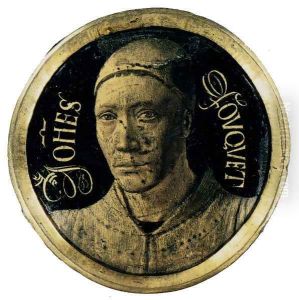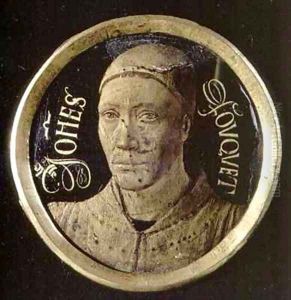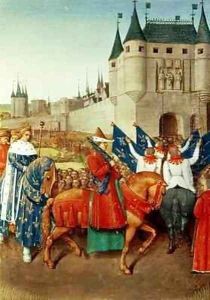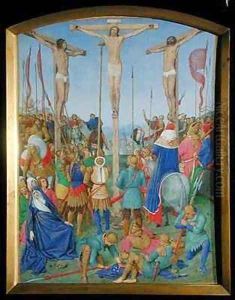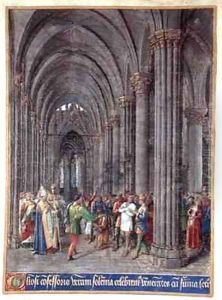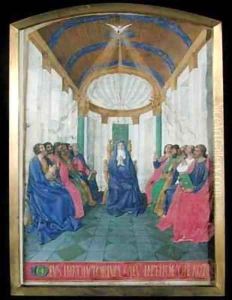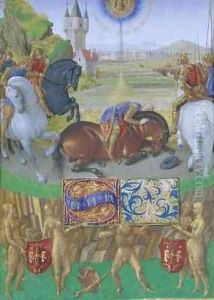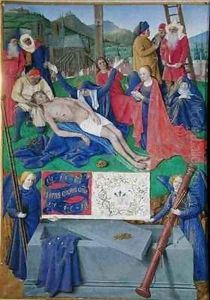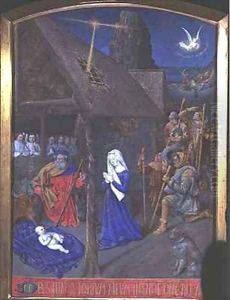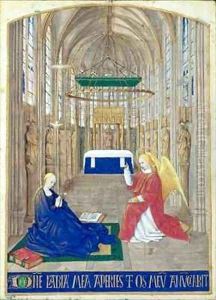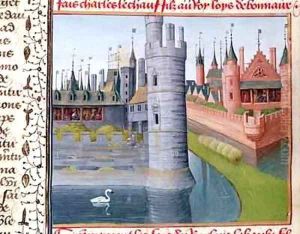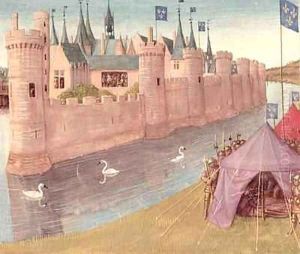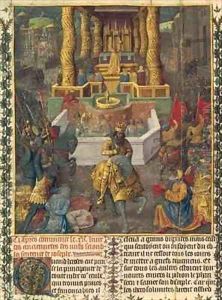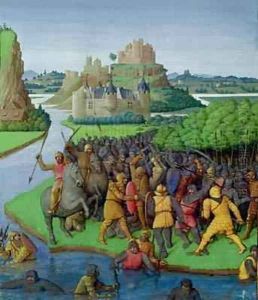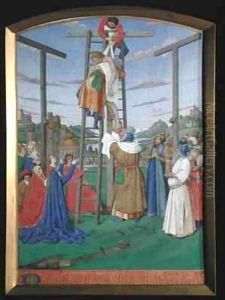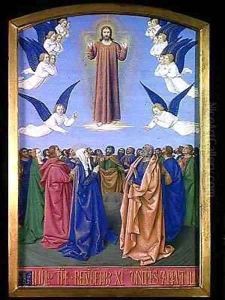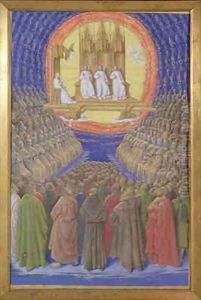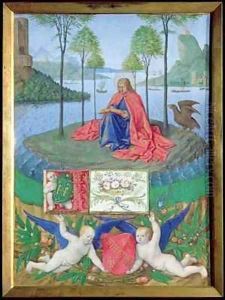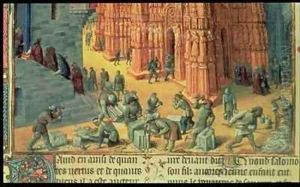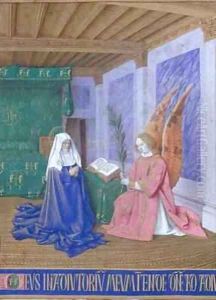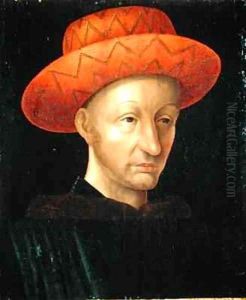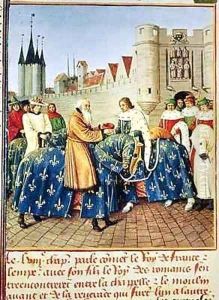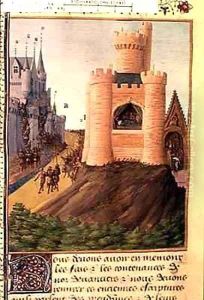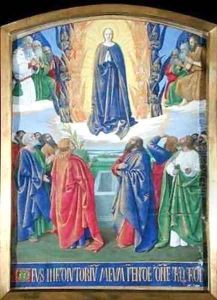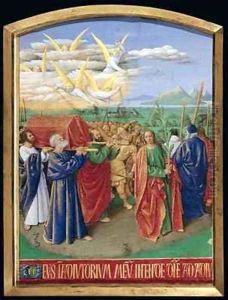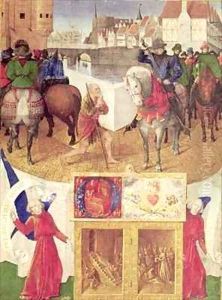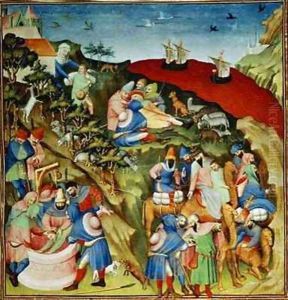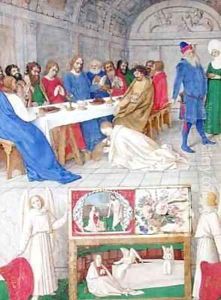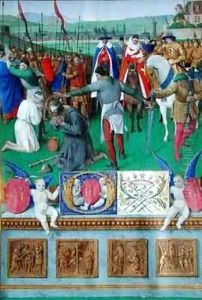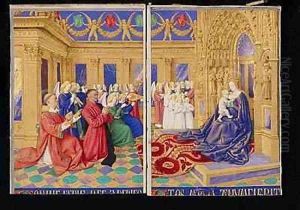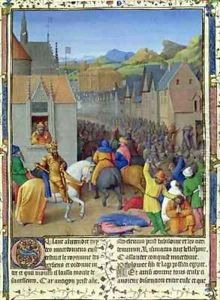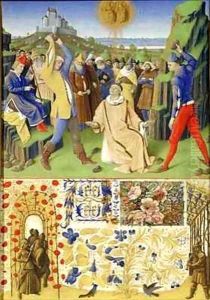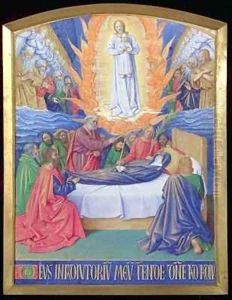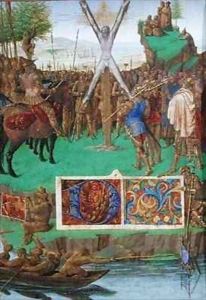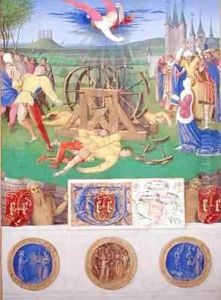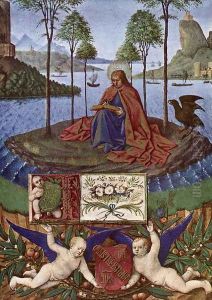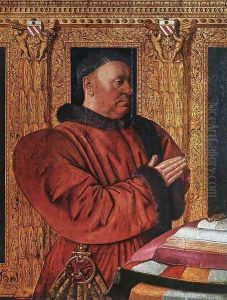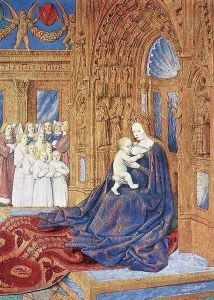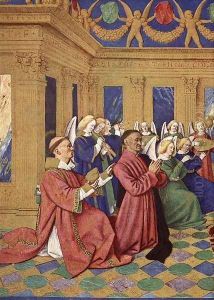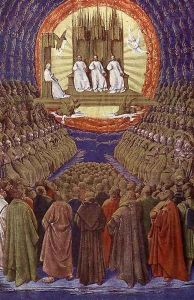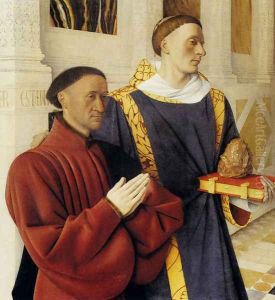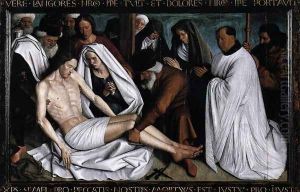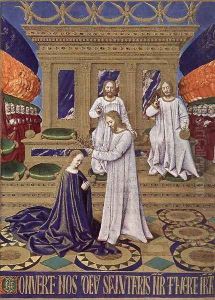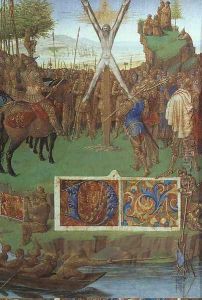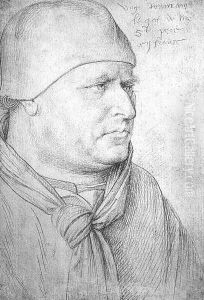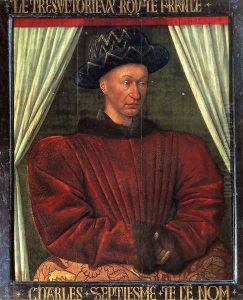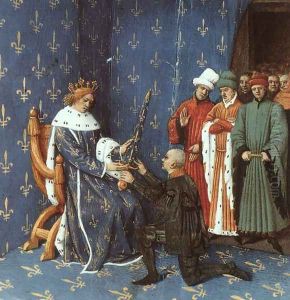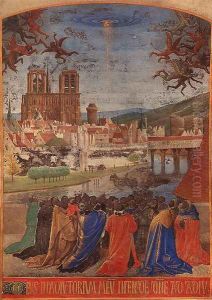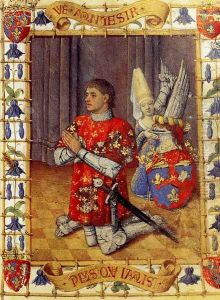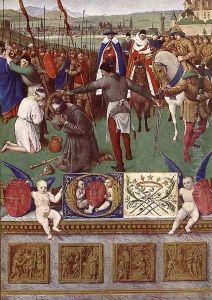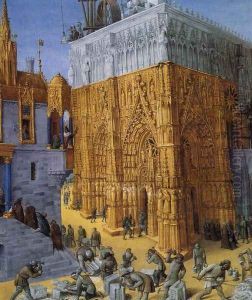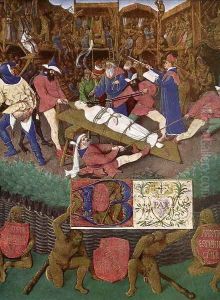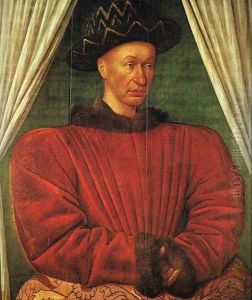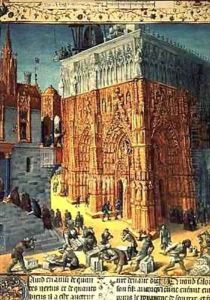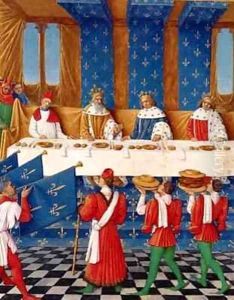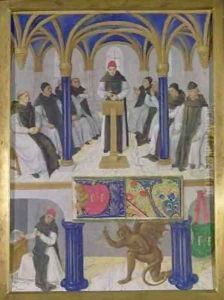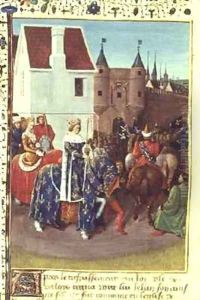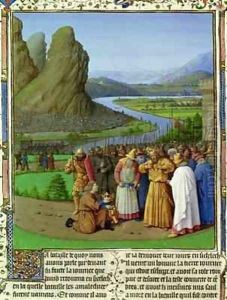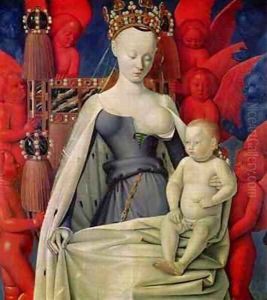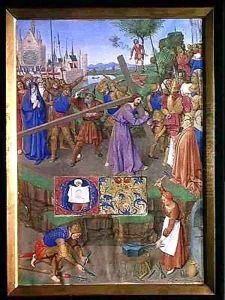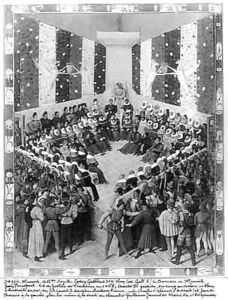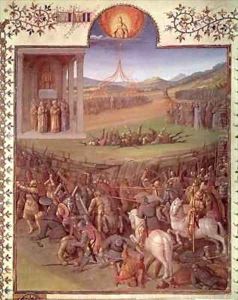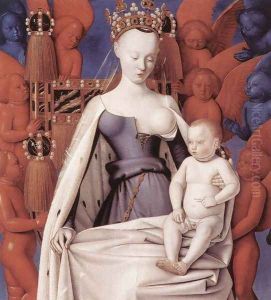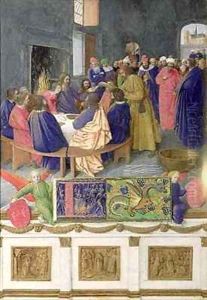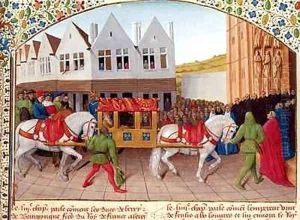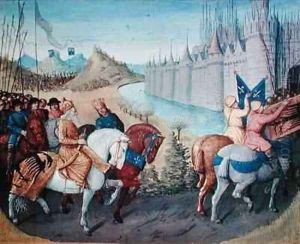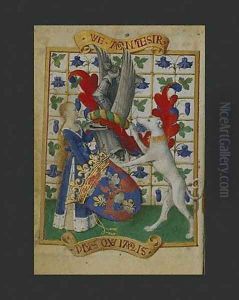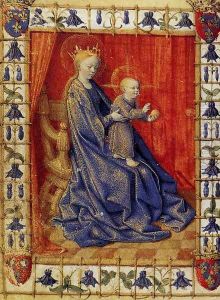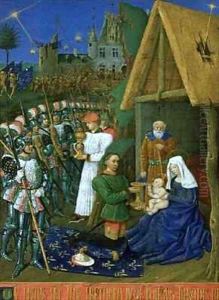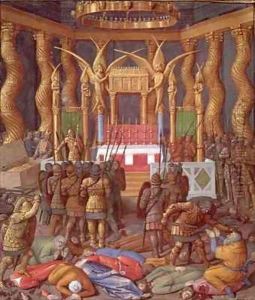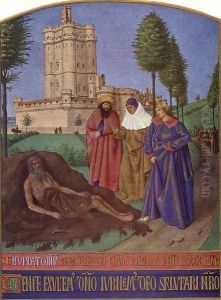Jean Fouquet Paintings
Jean Fouquet was a preeminent French painter and manuscript illuminator during the early Renaissance period, known for his sophisticated and innovative approach to art. Born in Tours, France, around 1420, little is known about his early life. However, his education and training in the arts are evident from his mastery in both painting and illumination. Fouquet traveled to Italy early in his career, where he was exposed to the work of Italian masters, including Fra Angelico and Masaccio, whose influences are discernible in his subsequent work.
Fouquet's Italian experiences significantly affected his style and he is credited with introducing Italian Renaissance artistic principles to France. His work is characterized by a keen attention to detail, a bold use of color, and an adeptness at incorporating perspective, all of which were innovative at the time in French art. Upon returning to France, he served the French court and worked for various patrons, including the French royal family and the University of Paris.
One of Fouquet's most famous works is the 'Melun Diptych', painted around 1450. The diptych features a striking portrait of Étienne Chevalier with his patron saint, St. Stephen, on one panel, and the Virgin and Child surrounded by cherubim on the other. This work is celebrated for its naturalism and the use of light and shadow, which were inspired by his Italian experiences but also showcased his unique style.
Fouquet also made significant contributions to manuscript illumination. His illuminations are known for their vivid colors and intricate detail. Perhaps his most remarkable work in this medium is the 'Hours of Étienne Chevalier', which contains a series of miniatures that are considered among the finest examples of French illumination.
Jean Fouquet's influence extended beyond his lifetime, contributing to the development of French art in the Renaissance. His works are held in high esteem and can be found in various museums and collections throughout the world. He continued to work until his death in Tours, France, in 1481. His legacy is that of a pioneering figure who brought the early Renaissance to France and laid the groundwork for future generations of French artists.
